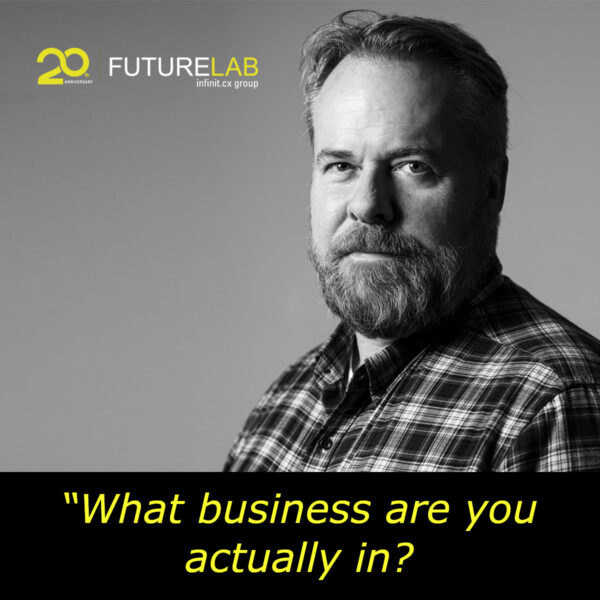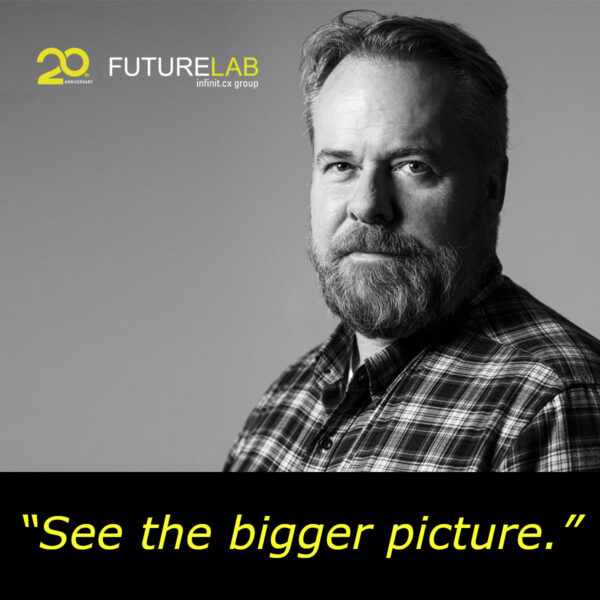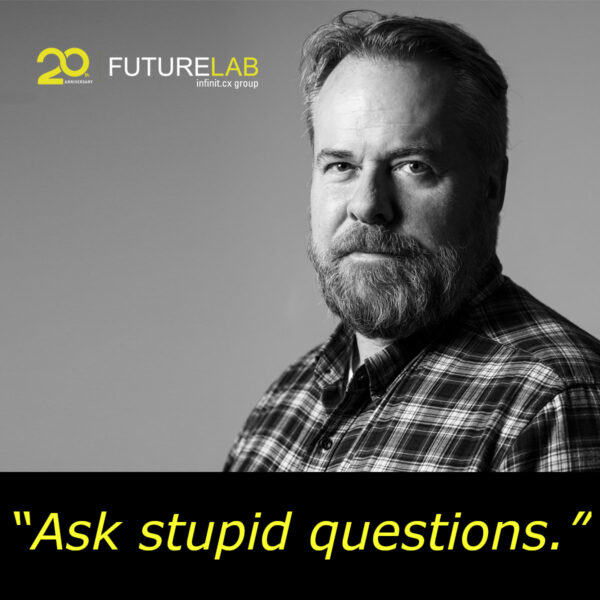by: Michael Hoexter
In Part 1 of this two part post I look at climate change regulation from the perspective of political fights around the concept of freedom and government intervention. As it turns out, the philosophical discipline of ethics has something interesting to say about these conflicts.
After 8 years of inaction on climate issues, the new EPA Administrator, Lisa Jackson has a number of opportunities to make a difference in the area of effective regulation of global warming gases.
These efforts have spurred much opposition from groups usually from the political Right that often couch their criticisms in terms of the concept of freedom from government restraint. The Competitive Enterprise Institute has been a leading group in this area, and is often joined by better known groups like the Heritage Foundation and the Cato Institute. Some groups deny that climate change is occurring while others minimize its effects; the attitude of these groups about the reality of climate change seem to be a result of their adherence to the value they place on a certain narrow definition of liberty rather than a serious confrontation with the climate data. There are many efforts by self-anointed conservatives and by some in the Republican Party to lampoon these new laws as restricting emissions of gases like carbon dioxide that are “plant food”.
The recent, surprisingly different political treatment by conservatives of black carbon regulation versus greenhouse gases substantiates the conclusion that resistance to the reality of climate change has a lot to do with resistance to the likely cure rather than the problem itself. We have in the last year or so found out that black carbon or soot is the second biggest contributor to global warming after carbon dioxide. On April 22nd, with the support of many Republican lawmakers, including James Inhofe who has at least in the past denied the existence or importance of climate change for many years, the US Senate approved a law that deals with black carbon as a pollutant and tasks the EPA to come up with measures to reduce it.
One of the inexpensive solutions to black carbon emissions in developing countries is the use of solar cookers like this Kyoto Box to heat water, make soups and stews. As yet there is no inexpensive consensus solution for baking and grilling applications, which presents a considerable challenge to food cultures in many countries.
Black carbon is a local pollutant and a global warming pollutant at the same time; it can have an impact on the health of local populations as well as on the global climate system. Important for its political and cultural role, larger particles of black carbon can be seen by the naked eye and is culturally classified as “dirty” or an impurity, except when it is on grilled or baked foods in moderate amounts. Black carbon is emitted by older diesel engines as well as by open coal and wood fires. The former can be retrofitted or phased out and the latter are mostly located in the developing world or in the heating systems at the periphery of the industrialized world. While black carbon contributes to global warming substantially, no major inconveniences or tradeoffs for middle-class Americans are involved if there is a gradual phase-out of black carbon emitting technologies. On the other hand, cultural and food practices in many parts of the developing world may be transformed through the use of special stoves and cookers that avoid soot from open fires. If such a transformation of food practices were required in the developed world, the inconvenience would spur more political resistance in the US.
Pollutant or Excess Emissions?
The legal framework for regulating emissions in the US and in most countries involved declaring a gas or emittant a (criteria) pollutant and then regulating that pollutant with the aim to reduce or eliminate emissions of it into the atmosphere from within the jurisdiction of the regulating agency. With most pollutants we project that in a “state of nature” or at least natural “health” there would be no regular or substantial emissions of that chemical into the atmosphere. Some of these pollutants are synthetic and never occur in nature. The goal of regulation will be the eventual elimination of the emission of that chemical into air or water though practical concerns may mean a period of time when that emission is allowed but penalized via a tax or other mechanism like cap and trade.
Original Post: http://terraverde.wordpress.com/2009/05/01/libertyandclimate1/




